Travel well in Tibet – off the beaten path and with Tibetan insiders’ tips! We asked some of the most experienced locals and foreign Tibet travelers (including the Tibetan tour operators listed on this site, guide book authors and Tibet experts) to share their favorite destinations and activities all over the Tibetan plateau. This list should give you some great ideas and inspiration in planning a unique trip to Tibet.
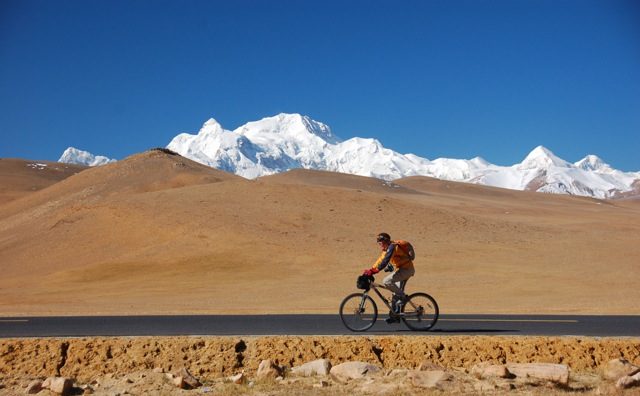
Adventure Activities
The Tibetan plateau is the ultimate adventure playground. Trekking, horse trekking, mountain biking, mountaineering and rafting are some of the eco tourism adventures to have in Tibet.
Read More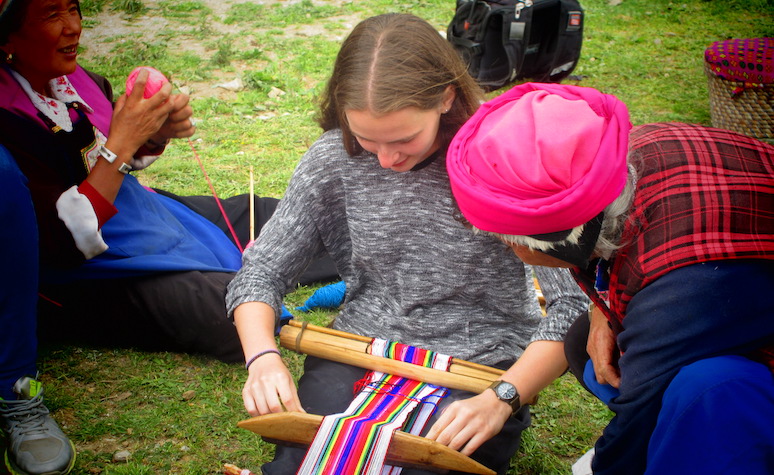
Community Experiences
What better way to experience the real Tibet than to stay with or visit locals. Home stays and community experiences give you a unique inside in Tibetan daily life, while benefitting local communities. Come as a guest, leave as a friend.
Read More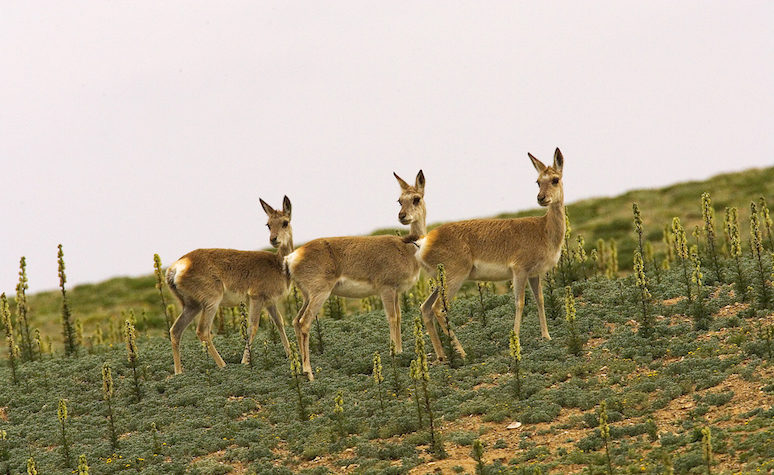
Conservation Areas
The Tibetan plateau has an immensely diverse and fragile natural environment. The Tibetan nature conservation areas are home to thousands of bird species, many different wild flowers and mammals. The most famous animals are the snow leopards, deer, bears, blue sheep, marmots and wild yak.
Read More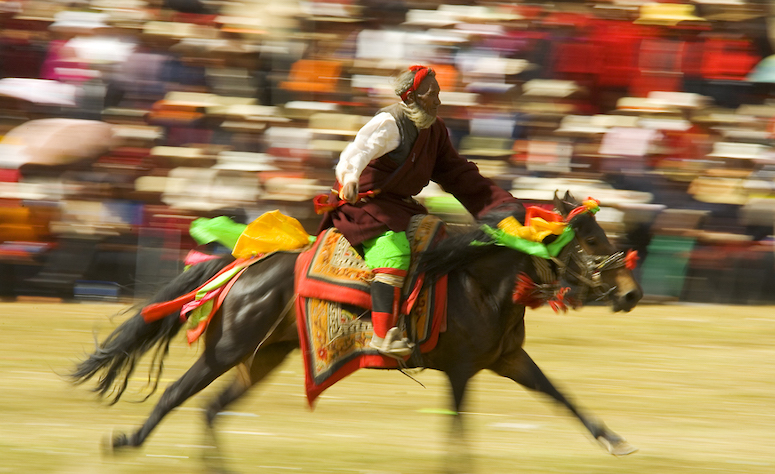
Festivals
Tibet is famous for its festivals that attract visitors from all over the world. During the big Buddhist festivals enormous Buddha paintings on fabric (Thangkas) are unrolled and worshipped by monks and locals. Tibetan dancing and opera provide entertainment. Horse festivals also attract big crowds to enjoy the races, horsemanship, and catching up with family and friends.
Read More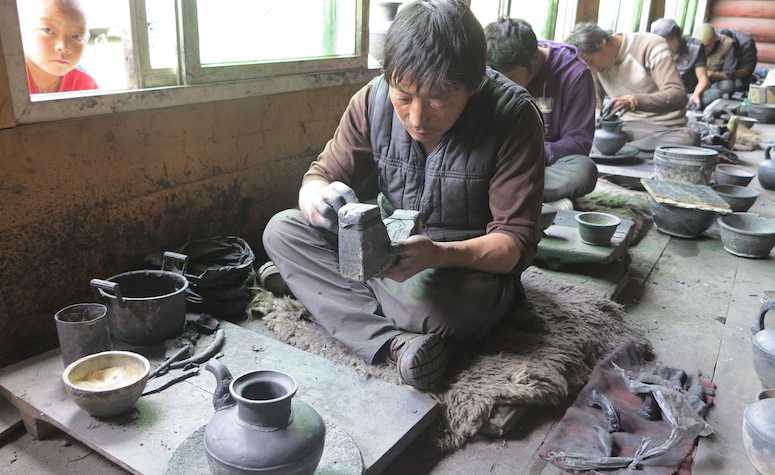
Handicraft Sites
Weaving, pottery, thangka painting, sculpting and leatherwork are some of the arts and crafts made in Tibet. Each part of Tibet has its own style, materials and traditions. From nomads weaving yak wool carpets, villagers making tsampa bowls to high lamas painting sacred Buddhist paintings, arts and crafts are an important part of Tibetan culture.
Read More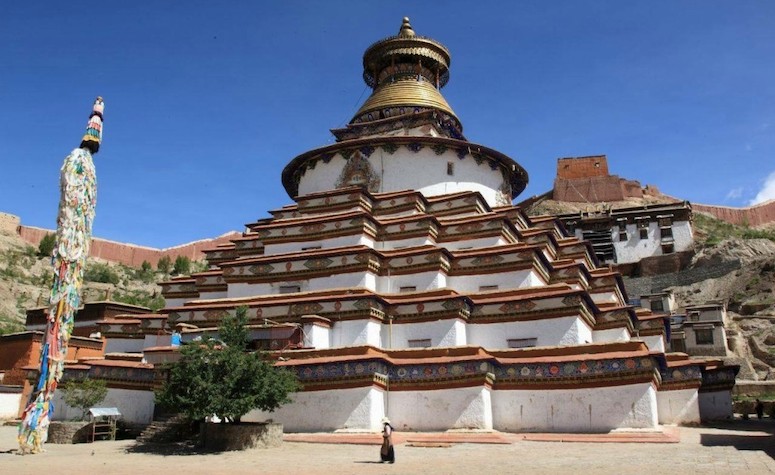
Historic & Cultural Sites
Most places in Tibet have their own story about their origin, history and cultural and religious significance. You can find foot prints of enlightened masters in rocks, signs of battle with demons in the landscape, painted ladders for the spirits and stupas and prayer flags on mountain passes. Tibetans are storytellers so take your time to listen to beautiful tales of cups of yak butter tea.
Read More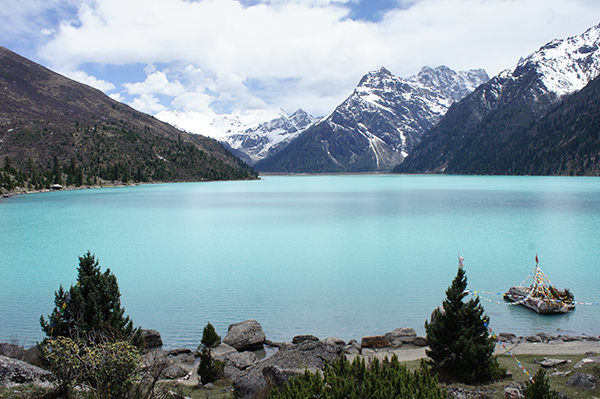
Holy Lakes
The holy lakes of Tibet have often beautiful tales to explain their origins, involving goddesses, demons and masters. Pilgrims include a visit to holy lakes in their pilgrimages to wash away sins and gain merits. The mother of all holy lakes is Lake Manasarovar, near the sacred mountain Kailash in West Tibet. Lake Manasarovar is a holy lake for both Hindu and Buddhists.
Read More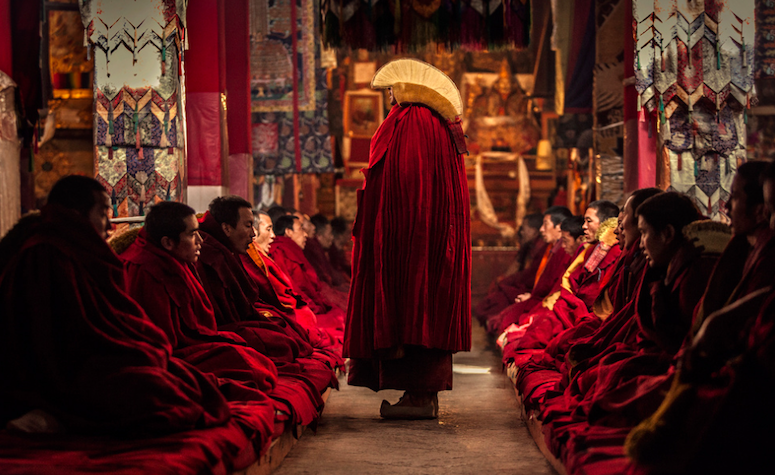
Monasteries
Most communities in Tibet built and support monasteries and temples. Some are located in the most remote places, on top of mountains, in the middle of lakes and grasslands. The monasteries near towns and cities are often visited by pilgrims and locals, making offerings and taking part in Buddhist teachings and festivals with the monks.
Read More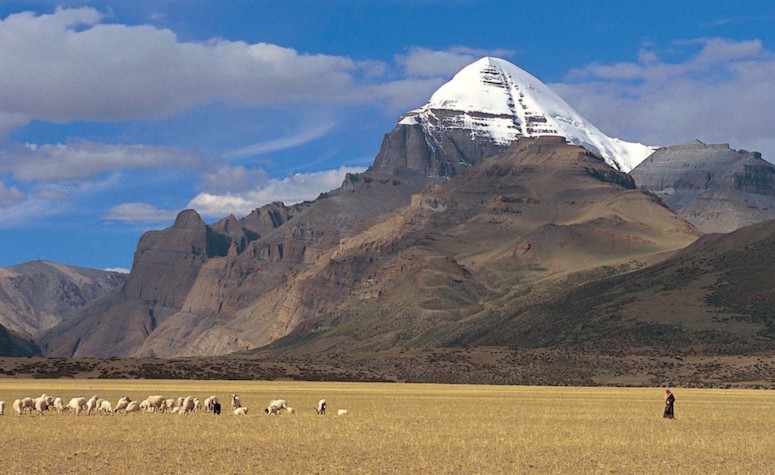
Sacred Mountains
Chomolungma (also known as Mount Everest) is not the most sacred mountain in Tibet but definitely the highest and its name means Goddess of the Mountains. The most sacred mountain for both Buddhist and Hindus is Mount Kailash in the west of Tibet. This black pyramid-shaped mountain attracts throngs of pilgrims all through the year to circumambulate the mountain. There are many more sacred mountains on the plateau, each with their own beautiful story.
Read More